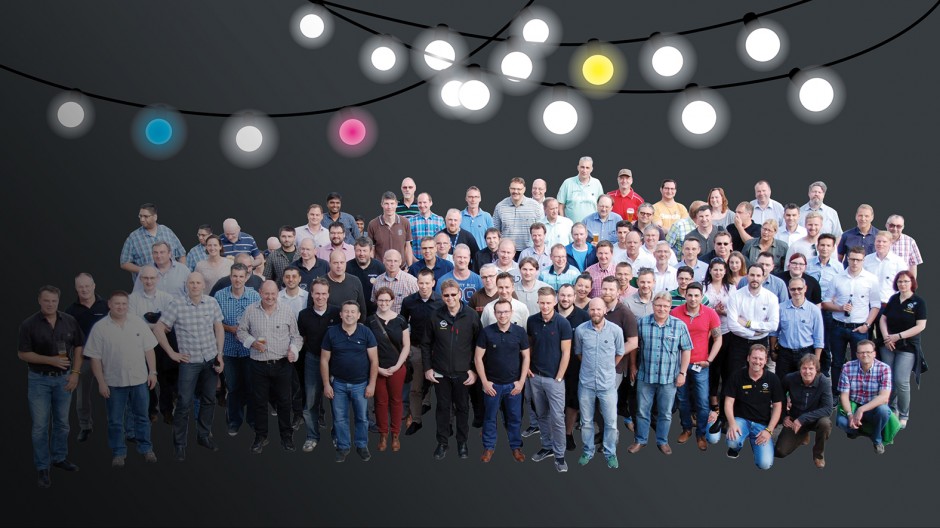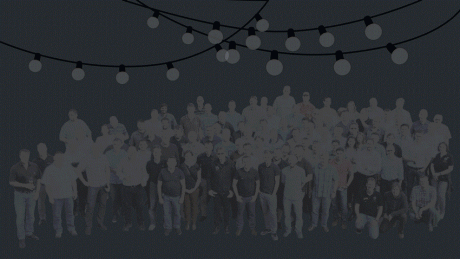
“The entire team has really
earned a party like this.”
– Axel Sander –
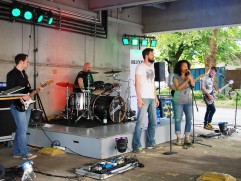
A sound mixer, cabling for electric guitars, and stage lights were swiftly and efficiently arranged for the party. This is no surprise, since there are only professionals at work here. The Power and Signal Distribution Systems department (PSDS) hosted the party in the old Opel plant. The team had found an ingenious way to assemble two kilometers of cable in the latest Astra, so setting up some party equipment was a breeze for them. The cable set team, consisting of 14 employees and led by Axel Sander, invited 150 guests in mid-June to celebrate the success of the D2xx project. “The entire team has really earned a party like this,” says Sander. “After all, we helped create the 2016 car of the year, the Astra!”
THE ASTRA’S NERVOUS SYSTEM
The party is about to take off. Cold drinks are being served, an espresso bar is set up in a Piaggio Ape, and rock band Blindfold is playing hits by Dire Straits and the White Stripes. The guests can’t help but discuss the Astra’s complex electronic architecture in detail. “The connectors, cables, and corresponding fixing elements are some of the most expensive and important components in this bestselling compact car. Virtually all parts of the vehicle depend on currents and signals,” says Axel Sander. They are indispensable foundations for the Astra’s adaptive matrix IntelliLux LED light, infotainment system, engine, ventilation system, and airbags, to name just a few. Sander compares the electronic system to an animal’s nervous and vascular systems: “Nothing would function without them!”
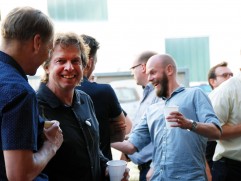
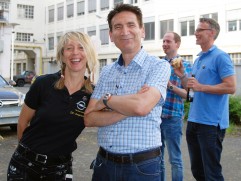
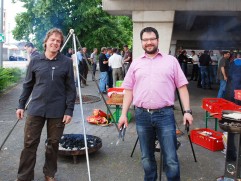
The cable set team developed the electronic architecture for not only the Astra K but also the corresponding models of the Group’s sister brands such as the Chevrolet Cruze and Buick Excelle. The crew, consisting primarily of electrical engineers, carried out the project in collaboration with the corresponding plants all over the world. They worked under constraints to meet quality and cost targets within the time frame set for the project.
COMMUNICATION IS KEY
Aside from the technical challenges, one of the biggest challenges of developing an electronic architecture is that you need to communicate constantly with your colleagues, according to Sander. “As soon as a project starts, we are in constant communication with all of the departments that help to design and will eventually build the vehicle. Making any changes to the cables is extremely costly and time-consuming. We are consulted even when just a connector needs to be switched, for example.” The team needs to coordinate its own daily schedule with the schedules of other departments and also make enough time for the final steps necessary to receive approval for their cable sets. “And that is what makes our job so thrilling in so many ways,” says Sander. They have finished their job – for the time being – and now it’s time to have a bit of fun. “We wanted to celebrate the success of the project with the entire PSDS department, our five suppliers, and two service providers,” says Sander.


Last update June 2016
